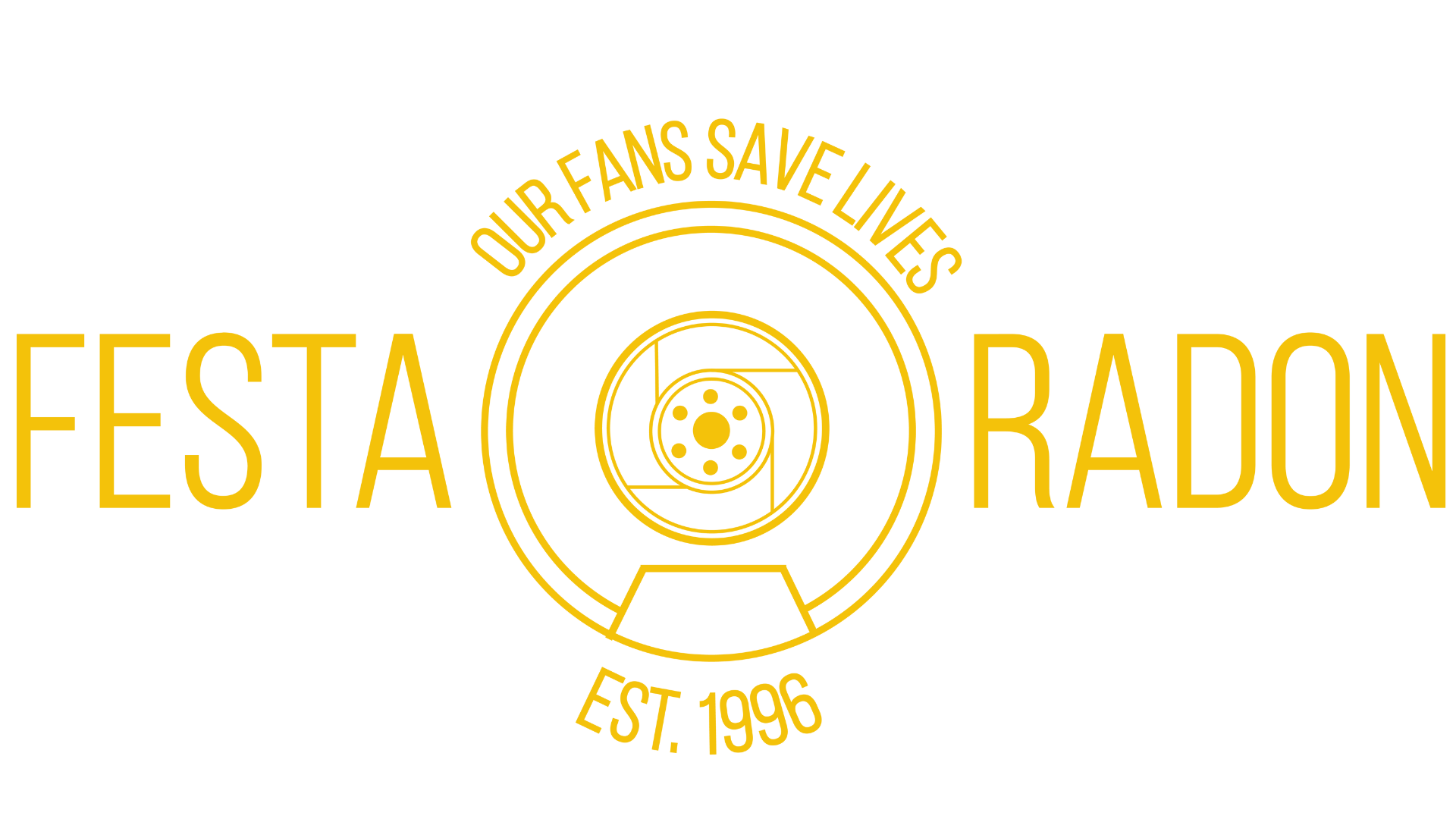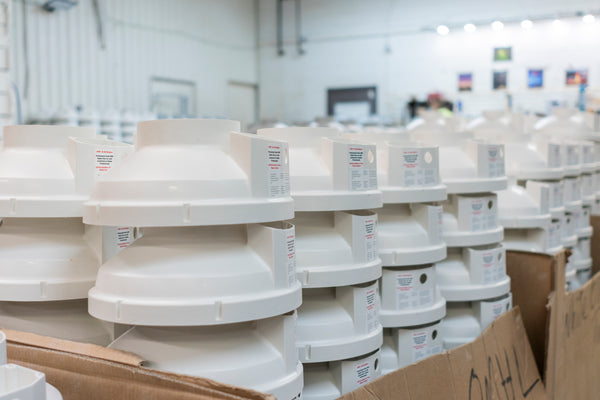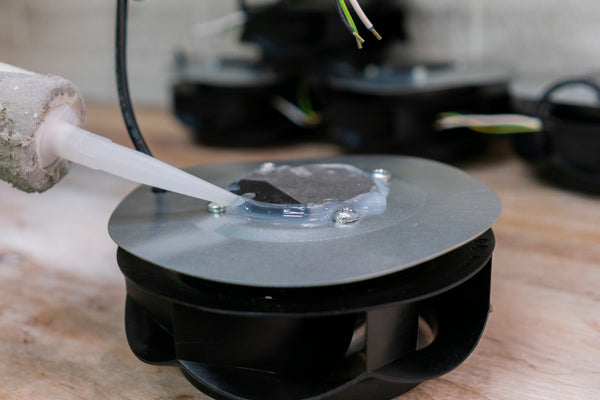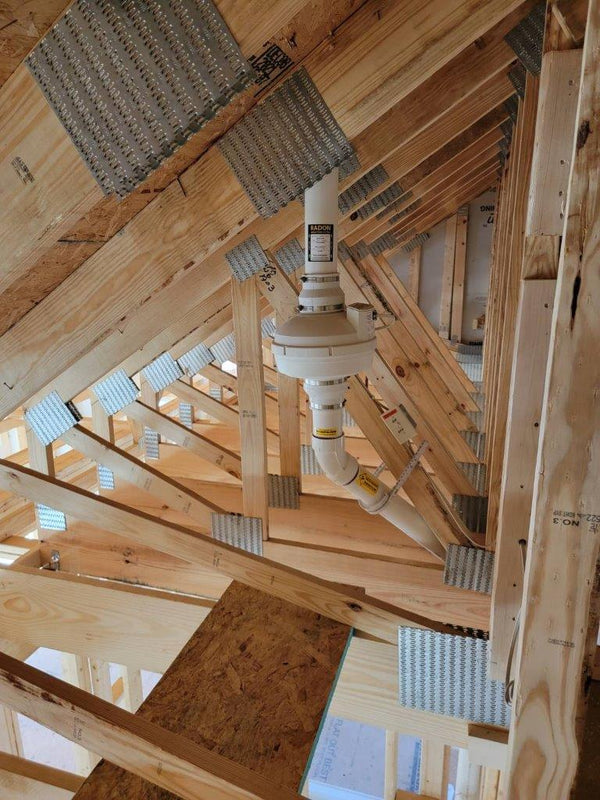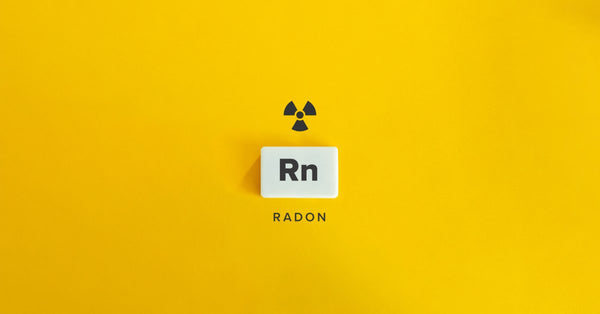
What Are the Different Types of Radon Fans?
Radon fans are a critical part of any radon mitigation system, designed to keep homes safe from the dangers of radon gas. But not all radon fans are interchangeable; each model offers something unique. With so many options available, it can be challenging to figure out which type is the best fit for your home. Understanding the types of radon fans, from high suction to energy-efficient models, will give you the confidence to choose the right solution for your needs.
This guide will define the different types of radon fans, describe their role in radon mitigation, and explain how to select the best option for your home. Let’s start with the basics.
What Is Radon?
Radon is a naturally occurring radioactive gas that forms from the breakdown of uranium in soil, rock, and water. While you can’t see, smell, or taste radon, it’s present in the air we breathe. The concern arises when radon enters your home, typically through cracks in the foundation or gaps in floors and walls.
The Risks of Radon Exposure
Radon is a leading cause of lung cancer in the United States and is responsible for more than 20,000 deaths each year. Long-term exposure to high levels of radon can significantly raise your lung cancer risk—and it affects both smokers and nonsmokers. This is why radon mitigation systems and radon fans play such essential roles in protecting your health.

Understanding Radon Mitigation Systems
Radon mitigation systems are designed to safely remove radon gas from your home, preventing it from building up to dangerously concentrated levels. These systems typically rely on a combination of airflow and suction to vent radon from beneath your home to the outside air.
Key Components of a Radon Mitigation System
A typical radon mitigation system includes sub-slab depressurization pipes to form a vacuum that draws radon gas from beneath the foundation. Then, entry points in the home’s foundation are sealed to prevent radon infiltration. A radon fan, which runs 24/7, helps create the suction needed to extract radon gas and vent it outdoors
The radon fan is arguably the heart of the system. Without it, the flow and suction required to reduce radon levels simply wouldn’t be possible.
Factors To Consider When Choosing a Radon Fan
Every home is different, meaning several factors can influence which radon fan you should choose. Here are some things to consider:
- Radon levels in the home: Higher radon concentrations may require more powerful fans.
- Square footage and layout: Larger homes often need fans with greater capacity.
- Climate and environmental conditions: Areas with humidity or extreme temperatures may call for climate-resilient fans.
- Soil permeability: The type of soil beneath your home determines whether a high-flow, high-suction, or combination fan is needed.
- Noise level: If the fan is positioned near living spaces, prioritizing a quiet unit is essential.
- Energy efficiency: Choosing an EC or low-voltage fan could help reduce long-term energy costs.
Flow vs. Suction: The Mechanics of Radon Fans
Radon fans perform two essential functions: increasing airflow and creating suction. This is what allows your mitigation system to effectively reduce radon levels in your home. Depending on your home’s unique needs, you’ll need a fan that creates airflow, suction, or a combination of the two.
High-Flow Fans
High-flow fans are designed for situations where radon must be vented from homes with loose, permeable soil. These fans produce a significant volume of airflow, making them ideal for large homes with gravel beneath the foundation. If maximizing air movement is your goal, high-flow fans are the answer. Here are four popular models:
- AMG Legend Extreme EC
- AMG Hawk EC
- AMG Legend EC
- AMG Maverick EC
High-Suction Fans
On the other hand, high-suction fans create a powerful vacuum that pulls radon from dense sand or compact clay soils. They work best for homes with less permeable soil or foundational challenges such as thicker concrete slabs. High-suction fans excel at breaking through more resistant layers to remove radon effectively. If your home requires a high-suction radon fan, consider these models:
- AMG Legend Extreme EC
- AMG Eagle Extreme EC
- AMG Prowler EC
High-Suction and High-Flow Fans (Extreme Fans)
Sometimes, a home requires the best of both worlds. High-suction and high-flow fans, often referred to as “extreme fans,” are designed to provide both significant airflow and strong suction. These are ideal for challenging cases where conditions include compact soils under large homes with high radon levels. Here are two radon mitigation fans that provide high suction and high airflow:
- AMG Eagle Extreme EC
- AMG Legend Extreme EC

Types of Festa Radon Fans Based on Electrical Usage
Festa radon fans are known for their durability, reliability, and ability to cater to various home requirements. These fans fall into three main categories based on the type and amount of electrical current they use: AC, EC, and low voltage.
AC Radon Fans
AC (alternating current) radon fans are traditional models that run on standard electrical currents. They are dependable, powerful, and versatile enough for most residential radon mitigation systems. Festa models in the AC category include these:
- AMG Maverick
- AMG Legend
- AMG Eagle
- AMG Hawk
- AMG Prowler
- AMG Spirit
- AMG Fury
- AMG Patriot
- AMG Force
EC Radon Fans
EC (electronically commutated) radon fans are a more energy-efficient option that uses advanced motor technology to minimize power consumption. These fans are quieter and more environmentally friendly than traditional AC models. Festa EC radon fan models include the following:
- AMG Eagle Extreme EC
- AMG Legend Extreme EC
- AMG Maverick EC
- AMG Legend EC
- AMG Prowler EC
- AMG Hawk EC
Low-Voltage Radon Fans
Low-voltage radon fans are designed for quiet operation, making them an excellent choice for homes where noise levels are a concern. These fans run on reduced electrical currents without sacrificing performance. Festa’s low-voltage fan models include these:
- AMG Maverick Low-Voltage
- AMG Hawk Low-Voltage
Installation and Maintenance
Professional vs. DIY Installation
While it’s possible to install a radon mitigation system yourself, professional installation is recommended to ensure the system’s effectiveness and compliance with safety standards.
Maintenance Tips To Prolong the Lifespan of Your Radon Fan
To get the most out of your system, inspect it regularly to ensure the fan is operating efficiently. In addition, address any visible wear or damage promptly, and test radon levels yearly to confirm the system’s effectiveness.
Making Sense of Radon Fans
Understanding the different types of radon fans is critical to safeguarding your home from the risks of radon exposure. Whether your home requires high flow, high suction, or an energy-efficient option like an EC or low-voltage fan, there’s a radon fan perfectly suited to your needs. By pairing the right fan with an effective radon mitigation system, you can breathe easy knowing your home’s air is safe.
Explore Festa Radon’s wide range of fan models to find the perfect solution for your home. For additional help selecting the right fan, try our fan selection tool, or chat with us today for recommendations!
